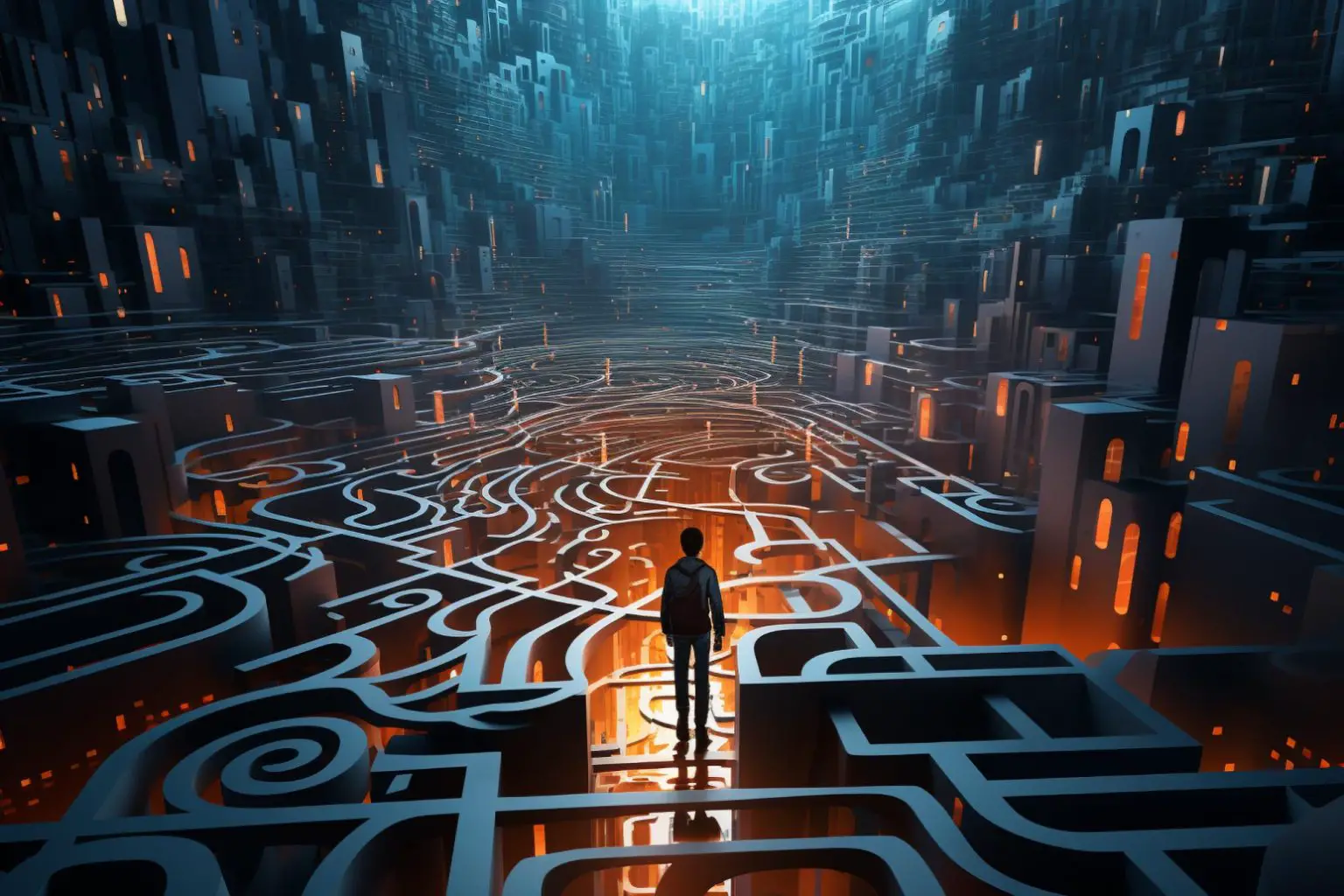The new AI paves the route for next-generation AI and intelligent systems.
We are in a situation where AI takes a stronger role in life. But even if modern AI is an impressive tool, the cold truth is that the AI just interconnects databases together. The AI requires certain parameters so that it can select the right information from large databases. The problem is that databases and hard disks have limited capacity. So the system must have parameters that makes it forget or remove data from certain database. If there is no that parameter the AI fills its databases with no necessary information.
When we are selecting routes, we must remember a golden rule. There is no perfect route, and the second thing is that the shortest and easiest-looking path can be dangerous or turn very hard later. If we drive a car, the computer must calculate time but also costs that the route takes determine how effective it is. Things like needing to refuel or recharge batteries or stand at a crossroads with the motor on can cause costs.
When we are transferring this thing into AI, we are against the new situation. The AI is not perfect. It makes life easier, but it also destroys some jobs. The best sector for AI is the limited operational area with clear orders. That means the AI is the best tool for things like mathematical analysis, and the only problem is this. When somebody wants to use the AI that person must describe the mission clearly and use language that the AI can understand.
"Researchers have improved deep learning by selecting the most efficient overall path to the output, leading to a more effective AI without added layers." (ScitechDaily.com/Smarter AI: Choosing the Best Path to Optimal Deep Learning)
The golden rule with the AI is this. It can create many things that humans make but the AI is not intelligent. It knows multiple things, but the problem is that when the AI must learn something. It's helpless. The AI is not very good in cases where it must interconnect multiple data allocation units from multiple sources into one great quantum computer. So the AI has no imagination.
That means the AI cannot create anything new without orders from its master. But the game is changing. The computer can use simulations for making new databases that involve new ways to react to something. AI is an ultimate tool. And it can turn into a very powerful tool in life. Because it can interconnect many sources together it can give the right answers and seem very intelligent. But that system needs pre-made answers for making decisions.
When the AI faces some situation it finds the match for situations that it. That is stored in its memories. That means the AI cannot create the databases from emptiness. But during the day the AI faces many things that mean nothing. And if robots or AI stores all the data that they see, the mass memory. That means robots fill even the largest mass memories. It requires parameters for select reactions it stores in its mass memory. Reactions must match with details that are stored in a database.
https://scitechdaily.com/smarter-ai-choosing-the-best-path-to-optimal-deep-learning/





No comments:
Post a Comment
Note: Only a member of this blog may post a comment.